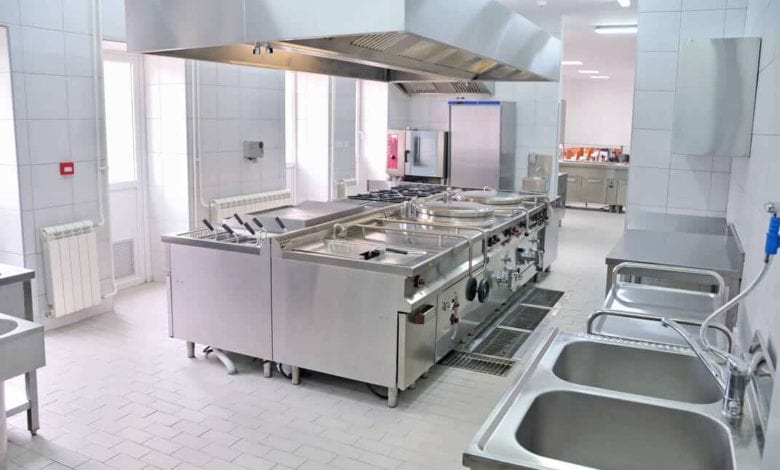How will businesses deal with increased costs in 2025?
Catering Today canvasses opinion from around the hospitality industry on how businesses will handle the increased costs set to arrive this year

Since chancellor Rachel Reeves’ Autumn Budget those in the hospitality industry have been bracing for a year of increased costs. The question on everyone’s lips as we enter 2025 is what effect these changes will actually have on the industry and how the industry will go about combatting them.

